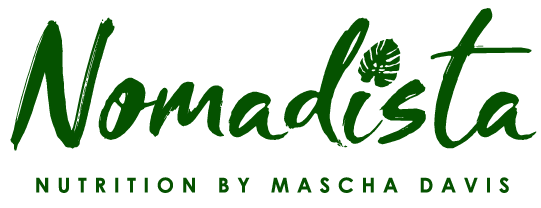As you may know, I’m a huge advocate for adding more seafood into your diet, and as it turns out, I'm not the only one who feels this way! Over the years, the recommendation for higher fish consumption has become increasingly emphasized by leading health experts and organizations.
In this post we’ll explore how much seafood you really should be eating and share ways you can easily add more seafood to your diet
How Much Seafood is Enough?
Since the 2005 Dietary Guidelines, seafood consumption has continued to become more prominent in key recommendations for Americans' health.
The most recent version of the dietary guidelines (2020-2025 Dietary Guidelines) is consistent with earlier versions recommending consumption of at least 8 oz of seafood per week based on a 2000 calorie diet.
The recommendation for seafood consumption during pregnancy stayed consistent, stating that seafood intake is recommended and associated with favorable outcomes for brain development in young children.
Here is an overview of other key recommendations:
Women who are pregnant or breastfeeding should consume between 8 and 12 ounces of a variety of seafood per week, from choices that are lower in mercury.
An intake of 8 or more ounces per week (less for young children) is recommended and about 20% of total recommended protein intake should be from a variety of seafood
People should increase the amount and variety of seafood consumed by choosing seafood in place of meat and poultry
Older adults can meet their nutrient needs more easily by choosing seafood in place of meats or poultry. The omega-3s in seafood are especially important for this population to support cognitive function.
This version also shed light on the fact that while three-quarters of Americans meet or exceed the recommendation for meats, poultry and eggs, almost 90% still do NOT meet the recommendation for seafood.
Due to this, it makes sense that increased seafood consumption remains a key recommendation. Inclusion of this recommendation was also based on evidence that fish consumption increases your EPA and DHA omega-3 intake, which is associated with numerous beneficial health outcomes including
lowered risk of cardiovascular disease
improved infant outcomes and optimal brain development
fighting off depression and anxiety
better eye health
potential prevention of mental decline and alzheimer's disease
It’s important to note that these essential fatty acids are not made in the body, and therefore need to come from food or supplements. While other lean proteins like chicken, turkey, and eggs are great for their low saturated fat content and various other micronutrients, fatty fish and seafood are the greatest sources of omega-3 fatty acids.
What do other organizations have to say?
The World Health Organization recommends seafood at least twice a week, or an average daily consumption of 250-500 mg of omega-3s EPA and DHA
The FDA also advises parents to feed low mercury seafood to their children 1-2/week
2-3 years: 1 oz
4-7 years: 2 oz
8-10 years: 3 oz
11+ years: 4 oz
American Heart Association has similar recommendations stating “We conclude that 1 to 2 seafood meals per week be included to reduce the risk of congestive heart failure, coronary heart disease, ischemic stroke, and sudden cardiac death, especially when seafood replaces the intake of less healthy foods”
The American Academy of Pediatrics provides advice for breastfeeding women, recommending intakes of 200–300 mg DHA per day. This recommendation can be achieved by one to two servings of fish per week.
The recommendation for weekly fish and seafood consumption is consistent across various organizations. However, year after year, Americans aren’t meeting these recommendations.
Seafood is a nutrient powerhouse filled with protein, zinc, iron, vitamin D, vitamin B12 and is one of the top sources of omega-3 fatty acids, an essential nutrient we all need more of. Now you may be thinking “how can I improve my seafood intake?” Check out these easy suggestions below!
Choose salmon over steak for dinner
Add canned tuna, sardines or herring to your salad
Add shellfish to whole wheat pasta with veggies
Grill fish and add it to tacos with cabbage and avocado
Snack on tinned fish with whole grain crackers
Order bivalves (oysters, mussels, scallops) when eating out
There are many creative ways to add seafood. Comment below how you plan on adding in more to your diet.




